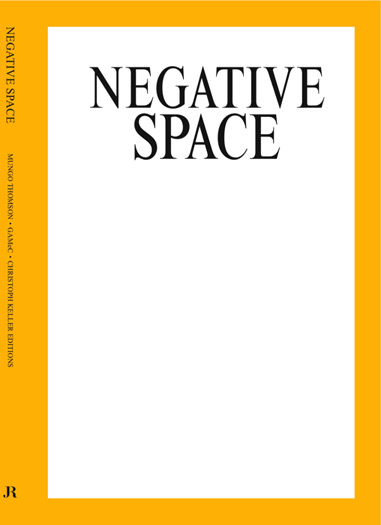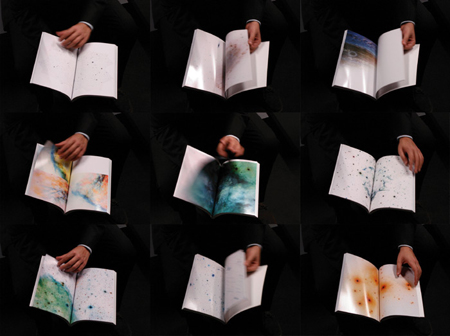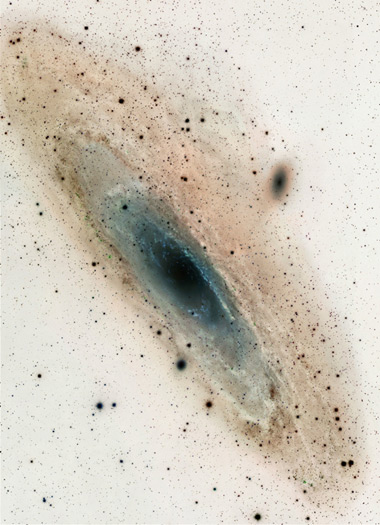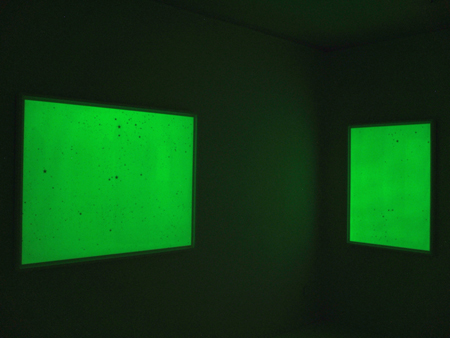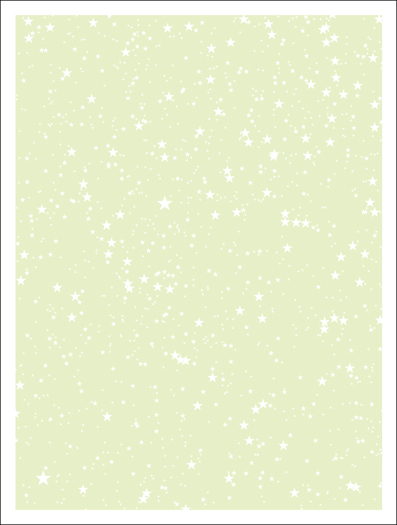Mungo Thomson
Negative Space, 2006
Full color, 160 pages, 10-1/8″ x 7″ x ½”
Designed by Mungo Thomson with Conny Purtill
Published by Christoph Keller Editions and JRP|Ringier, Zurich
Thomson’s ongoing Negative Space project tempers profound ambivalence with assurances of earnest conciliation. The works in this series—including Negative Space (2006), an artist book, and Negative Space (STScI-PRC2003-24) (2006) and Negative Space (STScI-PRC2007-41a) (2007), large-scale photographic murals comprise psychedelic images culled from an online archive of copyright-free starscape shots taken by the Hubble Space Telescope that the artist downloaded and reversed. (Thanks to a simple Photoshop operation, the inky chasm of outer space becomes the antiseptic pallor of the empty gallery in another act of reversal.)
The Negative Space murals are, as Thomson quips, “like visual whale songs—atmospherics for the spiritually inclined. Wallpaper for Esalen. California all the way.” This means that they are tainted with hippie-stoner associations, but their admission of delight in and curiosity about the world extends well beyond them. In his Gifford Lectures on Natural Theology, delivered at the University of Glasgow in 1985, Carl Sagan described nothing short of the search for the sacred in the universe, beginning with a very simple formulation: “By far the best way I know to engage the religious sensibility, the sense of awe, is to look up on a clear night. . . . I think everyone in every culture has felt a sense of awe and wonder looking at the sky.”
In this way, Sagan opens onto a series of startling observations about the relative unimportance of man in the center of an ever-vaster cosmos—a smallness that is neither a palliative nor a burden, but an invitation born of never really being very sure where it is that we stand. So Thomson offers a site of promise, which aches with entimentality even as its refusal of consolation admits to the impossibility of any easy belief.
– Based on a text by Suzanne Hudson is a New York–based critic and an assistant professor of modern and contemporary art at the University of Illinois.
Dark Matter (Running Man), 2010
Photo-luminescent ink on museum board, 39-¼” x 52”
Dark Matter (Orion), 2010
Photo-luminescent ink on museum board, 44-¼” x 33-¼”
Dark Matter (NGC-6397), 2010
Photo-luminescent ink on museum board, 35-¾” X 27″
Thomson’s silkscreens invert photographs of starscapes taken by amateur astronomers and turn them into glow-in-the-dark prints whose negative space glows, rather than the stars themselves.
